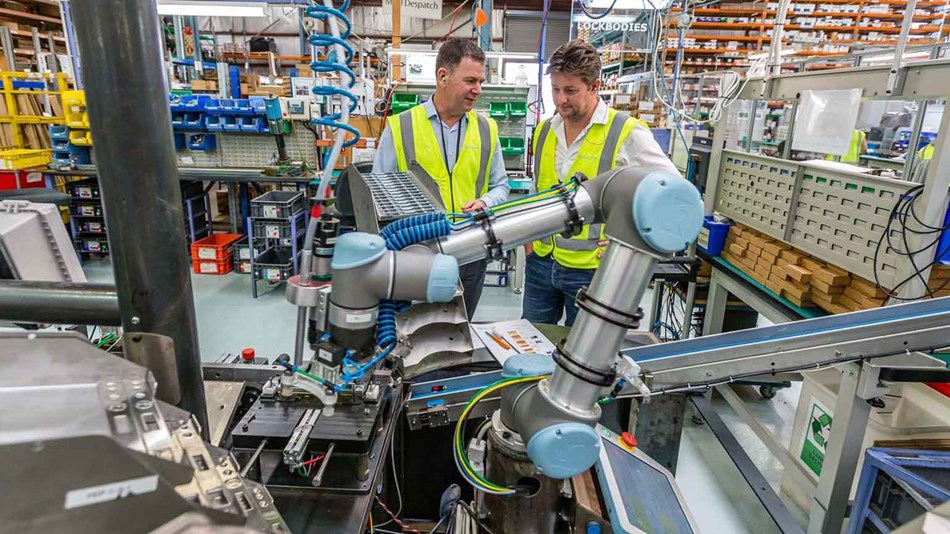Cobot painting
5 reasons why cobots are taking over painting and industry
Historically, dirty, dull, and dangerous jobs were assigned to industrial robots while humans performed more delicate tasks. Collaboration robots, or cobots, alongside human workers, are now slowly replacing industrial robots. They are designed to collaborate and interact with humans in a shared workspace. Industries are increasingly using cobots to stack boxes, paint, weld, and control the quality of products. Below are some of the benefits of using cobots and their impact on their human co-workers.


